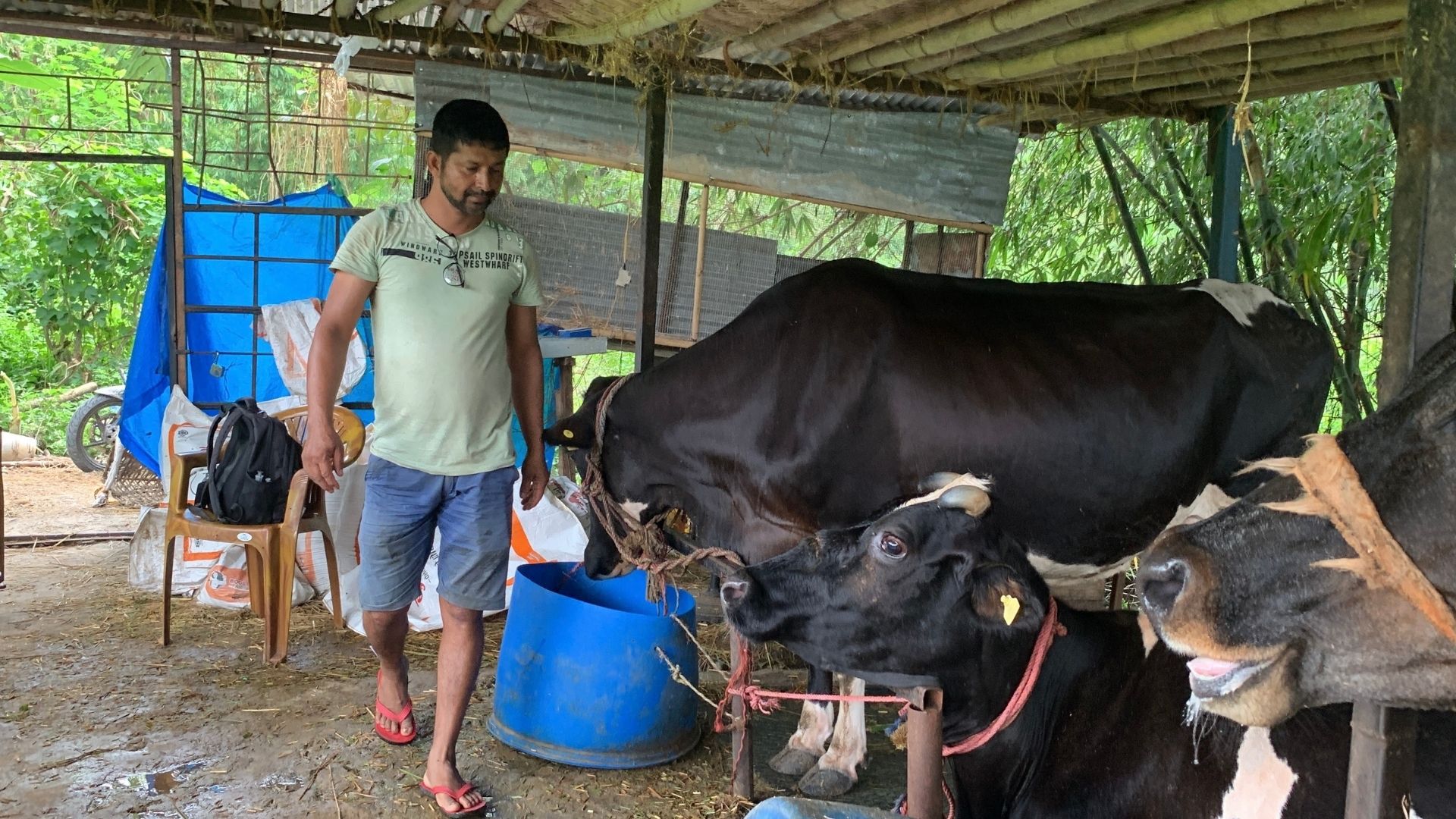Notice how Bhatbhateni expanded its business across Nepal. Perhaps too big an example.
Does Nanglo strike a case? Or the Burger House. Or Bajeko Sekuwa.
There are many other names in the food segment. That’s expanding your business outreach through geographical extension.
Businesses also expand within the same geographical area, like KTM Cty which has several outlets across Kathmandu valley and outside too.
There’s also a new trend that allows businesses to replicate their successful model in new locations by granting the right to operate under their established brand, systems, and processes — which is known as franchising.
Himalayan Java is a really good example when it comes to franchising. Brands like Bota Mo: Mo, Dalle, Kentucky Fried Chicken, and Syanko Katti Roll are other notable examples.
In a competitive business landscape, expanding and scaling a business can be a challenging task.
To speed up growth and boost market presence, entrepreneurs and business owners can leverage the potential of branching and franchising.
Branching and franchising are both expansion strategies that businesses can use to grow and reach new markets. While they share similarities, they differ in their structures and the degree of control the parent company has over the operations.
Branching involves the establishment of new outlets or branches that are owned and operated by the parent company.
The parent company retains full ownership and control over all branches, which operate under the same brand and follow the same business model.
In this expansion strategy, the parent company bears the full financial responsibility for the establishment and operations of each branch, assuming both the profits and risks associated with these branches. Franchising, on the other hand, is a business model where the parent company (franchisor) grants the right to independent entrepreneurs (franchisees) to operate their businesses under the franchisor’s established brand and business model.
The franchisee owns and operates the individual units, but they must adhere to the standards, procedures, and brand guidelines set by the franchisor. The franchisor maintains a level of control to ensure consistency across all franchise locations.
While franchisees invest in and manage their units, the franchisor typically charges initial fees, and ongoing royalties, and may provide support in terms of marketing, training, and operational assistance.
In this blog, we’ll explore how branching and franchising help a business grow.
Let’s get started!
Provides expansion opportunities
Once you build a brand, perhaps it’s time to target a larger customer base.
Businesses can serve a larger customer base and grow market share by setting up branches in major cities.
All the examples we mentioned earlier have implemented the branching strategy. These brands have established multiple outlets in different cities, offering convenience to customers to capture a significant market share.
On the other hand, franchising allows businesses to replicate their successful model in new locations by granting franchisees the right to operate under their established brand, systems, and processes.
Localized Adaptation
Businesses that franchise frequently change their products and services to fit the regional market. Localization is essential for success as it enables companies to meet the specific preferences, cultural touch, and buying behavior of Nepali customers.
KFC is a well-known international fast-food business that has successfully localized in Nepal. The KFC Spicy Chicken and Ginger Burger give customers a taste of familiarity while enjoying food. KFC has added meals with local flavors while preserving its basic menu items.
Further, pricing is another aspect of localized adaptation. When determining prices, it’s critical to take local purchasing power, competition, and economic variables into account. Competitive pricing in line with the regional market can increase sales and promote expansion.
Mitigating risk and cost
Franchising gives business owners the chance to reduce the risks and expenses involved in expanding their operations. When a company decides to franchise, independent franchisees share the financial and operational load.
Through this arrangement, the financial risk of the parent company is reduced while allowing franchisees to benefit from the well-known brand and successful business strategy.
Boosting brand recognition
Branching and franchising contribute significantly to brand recognition and visibility. When businesses expand through branching, they establish a physical presence in different locations, raising awareness about their brand. Franchising also plays a vital role in boosting brand recognition as franchisees operate independent businesses under the established brand name, leveraging their reputation and existing customer base.
A notable example is the popular fast-food chain Pizza Hut, which has expanded its presence in Nepal through franchising, increasing its brand visibility, and gaining a huge consumer base.
Access to local expertise
Through franchising, businesses can benefit from the skills and experience of local business owners who are familiar with the market’s traits. A well-known chain of restaurants in Nepal, Bajeko Sekuwa, used franchising to expand into international markets.
Bajeko Sekuwa took advantage of customer preferences and competitive knowledge by partnering with local franchisees. This collaborative strategy ensured a smooth transition into new markets and sped up the brand’s expansion.
Therefore, branching and franchising can be useful strategies for businesses looking to thrive and expand in Nepal’s competitive market with careful strategy, execution, and localization.
A few important things to note about branching and franchising is that it takes years of steady operations combined with brand value to get into it followed by adequate research, market testing, and funding to support the idea.














